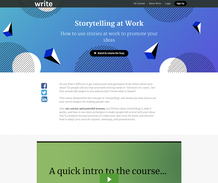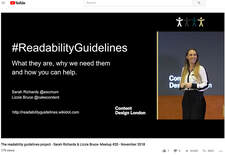We are replacing e-newsletters with blogs. Read our Embracing new plain language opportunities blog on PLA.com or download the attached version.
Many of our courses are now open, you choose start date when it suits you. Fit it into your schedule.
There is a great take-up of our Core course discount package. It's a great place to begin your skill building. And our variety of Advanced courses is growing.
If you have any questions, email [email protected] or visit PlainLanguageAcademy.Com



 RSS Feed
RSS Feed
